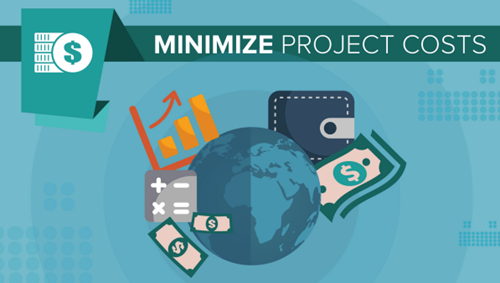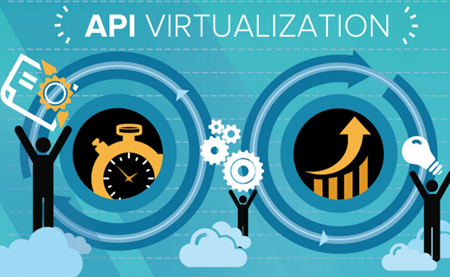1. Minimize Your Project Costs
Modern apps depend on APIs built by other teams or external companies, and many commonly-utilized 3rd party APIs operate under a pay-per-use model – the more you test against these APIs, the higher the cost.
 Time and budget can get rapidly depleted by performing tests, especially load and continuous integration testing. API virtualization eliminates the need to use 3rd party APIs directly, ensuring that you don’t sink your project’s budget in the testing phase.
Time and budget can get rapidly depleted by performing tests, especially load and continuous integration testing. API virtualization eliminates the need to use 3rd party APIs directly, ensuring that you don’t sink your project’s budget in the testing phase.
Particularly in regression and load testing, relying on 3rd party APIs can incur fees well beyond established budget constraints. As important as these types of testing methods are, without API virtualization, there is no way to perform these tests without either hitting rate limits or incurring overage fees.
Some 3rd parties don’t even automatically cut off clients who exceed their limit, resulting in an unanticipated explosion in cost to the client at the end of the billing cycle. Virtualization of these external APIs is the easiest and fastest way to avoid these situations.
2. Speed Time-to-Delivery
With the increasing trend of systems connected by web APIs, software teams looking to speed their delivery process via shorter Agile sprints have less time between development and testing phases.
Traditionally, testing only begins when there is something to test, an early alpha build deployed to a testing environment. In waiting for development to produce an initial implementation, downstream members of the team waste valuable time and often fall out of cadence with sprint or goal timeframes.
 Likewise, agile teams often work on multiple overlapping projects at once, some dependent on others to complete work required for the next project. Significant delays in delivery can cause multiple projects to be delayed due to a single project interruption, especially so with API projects as they are often a root dependency to front-end development and testing processes.
Likewise, agile teams often work on multiple overlapping projects at once, some dependent on others to complete work required for the next project. Significant delays in delivery can cause multiple projects to be delayed due to a single project interruption, especially so with API projects as they are often a root dependency to front-end development and testing processes.
With API virtualization, front-end designers, testers, and system integrators can begin their work as soon as developers produce an initial specification (WSDL, RAML, Swagger, etc.) early on in the design process.
Using virtual APIs, testing teams can immediately begin to build out test artifacts, frontend designers can establish designs around realistic data, and system integrators can establish expected behavior characteristics between new systems.
API virtualization can dramatically expedite time to delivery of API project-based teams by providing a streamlined and lightweight approach to simulating just the necessary technologies involved in an API project.
3. Reduce Risk
 Performance testing an application with live, external services will create extra traffic that can cause serious issues with the actual company network infrastructure; it could cause bandwidth problems at the point of the ISP and in extreme cases trigger a Denial of Service.
Performance testing an application with live, external services will create extra traffic that can cause serious issues with the actual company network infrastructure; it could cause bandwidth problems at the point of the ISP and in extreme cases trigger a Denial of Service.
API virtualization makes it possible to test an API in isolation, gauging the reaction against real data, under a variety of load conditions. This allows testing teams to conduct load tests repeatedly until the API demonstrates that it can perform under the strain of the desired number of concurrent users - no production system required or harmed.
Once you’ve weighed the benefits of API virtualization and implemented a program internally, you will want to promote within your organization to increase adoption. It is likely that many of your teams haven’t even heard of API virtualization, or they’re skeptical of its value.
Selecting the Right API Virtualization Tool for You
As the connected world grows, teams face increasing pressure to release high quality applications quicker than ever before just to maintain a competitive edge. Using service virtualization helps you:
- Speed release cycles by developing and testing in parallel
- Overcome 3rd party downtime, rate limits, overage fees
- Perform integration and isolated testing safely
- Minimize impact of developers on your production APIs
- Reduce dependencies on relational databases through JDBC virtualization
Virtualization in ReadyAPI helps you deliver great applications on time and under budget and does so for a fraction of the cost typically associated with traditional enterprise service virtualization suites.
ReadyAPI supports many popular services and protocols including HTTP, REST, SOAP, JMS and JDBC.
Learn More:
The Difference Between Virtualization & Mocking
What Is API Virtualization?
API Mocking
Sharing and Automating Virtual Services
How to set up an API Evironment